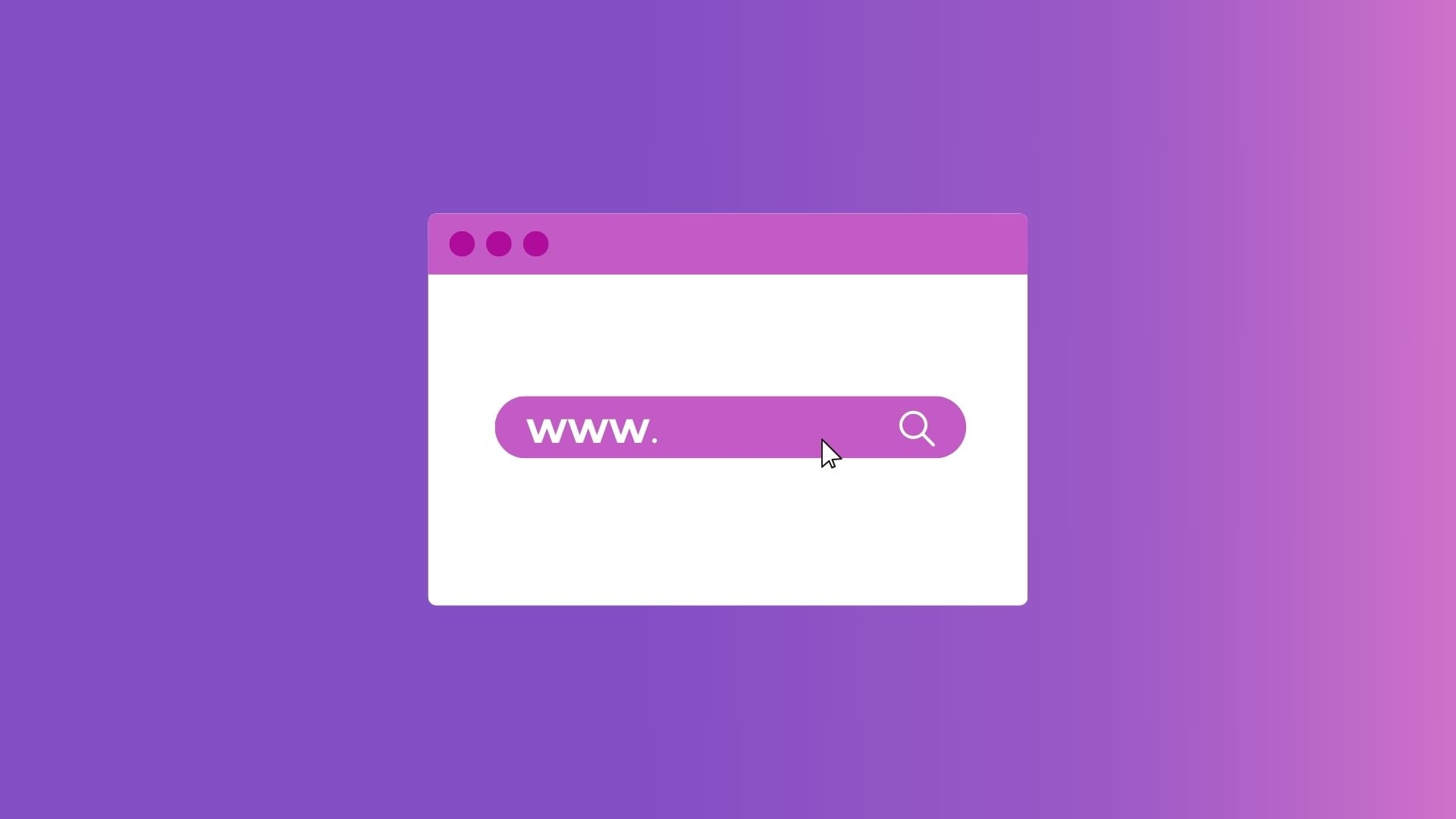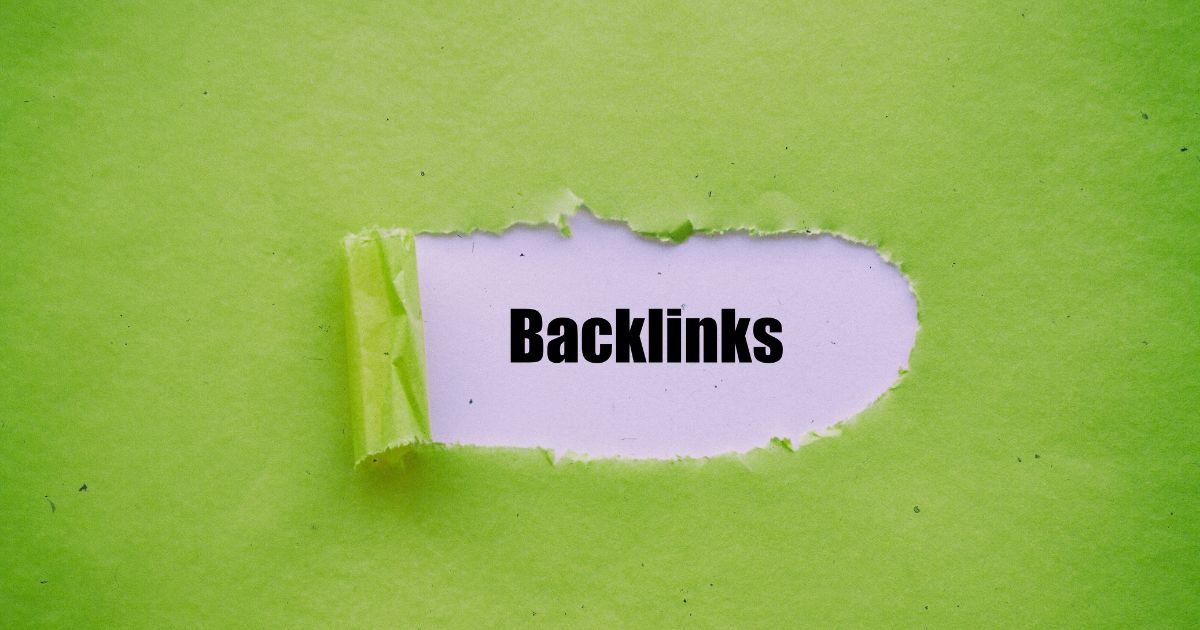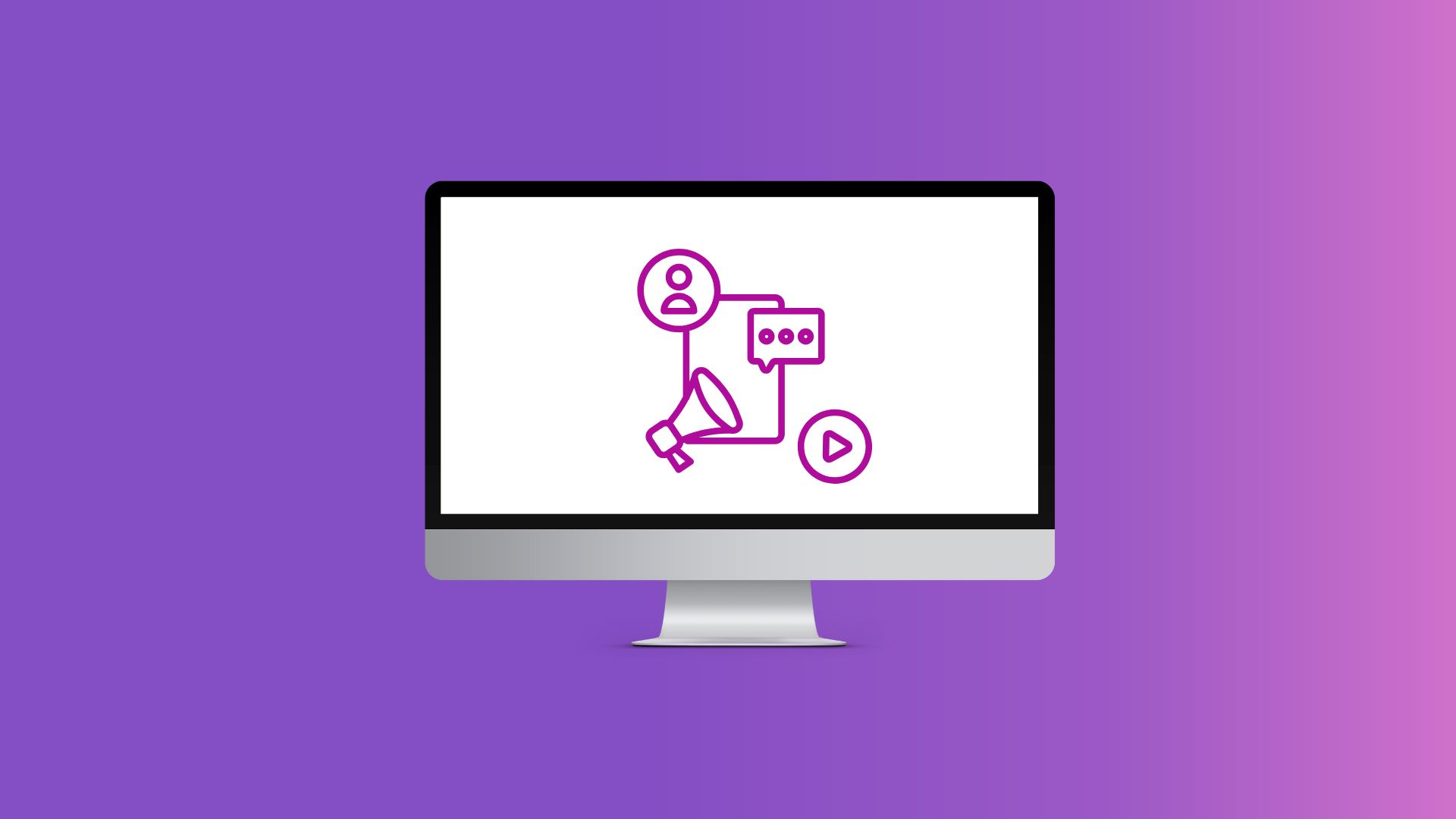Off-Page SEO: Ultimate Guide to Boosting Website Authority and Rankings

What is Off-Page SEO?
Off-page SEO refers to the process of improving a website’s performance through external factors. These off-site SEO factors include backlinks, social signals, brand mentions, citations, and user engagement.
A well-executed off-page SEO strategy can spell long-term success for a website or business. Link-building, a fundamental aspect of off-page SEO, is among the leading SEO strategies worldwide.
Off-page SEO techniques can boost your search engine rankings. Here are the reasons why:
- Improve your Domain Authority (DA). Gain a higher level of credibility and trustworthiness in your niche.
- Increase your brand awareness and reputation. Leverage positive customer reviews, guest posting, and social media interactions.
- Enhance
- Gain a competitive advantage. A strong backlink profile and user experience can help you outrank bigger websites.
- Maximize your investment with more conversions. Acquire high-intent leads, convert more customers, and increase your ROI.
Off-page SEO targets ranking factors in Google and other search engines. This way, you funnel your efforts toward improving your search rankings.
Off-page SEO vs. on-page SEO
Off-page SEO and on-page SEO differ in optimizing a website’s performance on search results. While off-page SEO involves external factors, on-page SEO focuses on elements within a web page.
Here are the key focus areas of off-page SEO and on-page SEO.
Off-page SEO
- Acquiring high-quality backlinks
- Managing brand mentions on social media and other online platforms
- Building a positive brand image and reputation
- Establishing connections and partnerships with relevant and reputable websites
On-page SEO
- Optimizing meta descriptions and title tags
- Placing relevant keywords on meta tags and in-page content
- Directing internal linking towards relevant posts
- Developing quality, people-first content
Websites need a healthy balance between off-page and on-page SEO activities. These two optimizations will improve your website’s search engine-friendliness and market reputation.
Off-Page SEO and E-E-A-T
Off-page SEO and Google’s E-E-A-T guidelines are interconnected principles in search engine optimization. Both concepts contribute to a website’s visibility and ranking on search engine results.
First, let’s discuss what E-E-A-T is. Known as “Quality Rater Guidelines”, E-E-A-T stands for:
- Experience
- Expertise
- Authoritativeness
- Trustworthiness
You can use E-E-A-T as a guidepost for your off-page SEO tactics. Here are aspects that connect both these concepts:
- Align E-E-A-T with acquiring backlinks from authoritative websites
- Improve trustworthiness level through positive online reviews
- Enhance authoritativeness through positive brand mentions on social media sites
- Show industry expertise through content quality and depth
We recommend optimizing your website to the tune of E-E-A-T concepts. Google also provides a full document of Search Rater Guidelines, which you can always rely on.
Key Off-Page Factors that Influence Rankings on Search Engines
Let’s discuss how each off-page SEO factor can influence your online reputation and search engine rankings.
Backlink building
Backlinks are “votes of trust” from relevant websites to your own site. The more backlinks you get, the higher the chances you increase your authority and credibility. This is key in improving search engine rankings and domain authority.
You can acquire backlinks through guest posting, directory submissions, and social media engagement. However, there are two types of backlinks you should be aware of.
- Do-follow backlinks: Allows search engines to attribute the link to the target website.
- No-follow backlinks: Prevents search engines from attributing the link to the target website.
You always want do-follow backlinks so search engine crawlers can point them to your site. Use backlink analysis tools like Majestic SEO to manage your no-follow backlinks and other toxic backlinks.
Moreover, building a strong backlink profile depends on quality and relevance. Otherwise, your link-building tactic could fall under Google’s spam policies. This could damage the reputation and visibility of your website.
Brand mentions
You get a brand mention when the name of your product or company is mentioned on online platforms. A brand mention can be linked or unlinked, but both mentions can contribute to your search ranking.
Unlinked brand mentions are still integral in off-page optimization. Even though your link is not included, these can send positive signals to search engine crawlers. This could lead to potential benefits, including the following:
- Helps people discover your product or service
- Builds a strong image or reputation for your business
- Serves as social proof to make your brand relevant
Linked or unlinked, a brand mention can pass link equity to your website. You can launch a brand mention campaign through these proven practices:
- Produce high-quality and relevant content to naturally attract attention
- Interact with your target audience in online forums and communities
- Establish connections with journalists and influences in your niche
- Post customer reviews and feedback on your social media platforms
Brand mentions are a good way to circulate anticipation and credibility around your brand. It’s crucial for both your visibility on search engines and social channels.

Social signals
Social media marketing is crucial in off-page SEO, particularly in increasing digital visibility. It doesn’t directly impact search rankings, but it can influence your online reputation.
However, people are still confused as to how social signals can affect your SEO campaign. Let’s debunk some of the common myths surrounding social media and off-site SEO:
- Social signals are not a direct search ranking factor. However, they can positively influence primary ranking factors like backlinks, user engagement, and mentions.
- Social signals prioritize quality over quantity. You should prioritize engagements from your target audience, particularly those that are high-intent leads.
- Social signals don’t just come from a single social media channel. You have to test and experiment to discover your most profitable channel. Run similar variations of a content post and analyze how it performs on different social media platforms.
You can measure your social media engagement through social signals. These off-page SEO signals include post shares and comments, influencer mentions, and click-through rates.
Influencer marketing and digital PR
In 2023, the global influencer marketing market raked in $21.1 billion in value. Influencer marketing is one of the most trending off-page tactics today. You can leverage an influencer’s reach to promote your brand to their audience.
Understanding how influencer marketing works can vastly improve brand credibility. Consider these strategies for more effective collaboration with influencers and public relations people:
- Choose micro-influencers in your niche. Micro-influencers have a lower reach than celebrities. However, they have a reach that’s specific to your market.
- Incentivize influencers through tiered programs. Motivate influencers through tiered benefits and other exclusive offers.
- Provide content guidelines. Influencers should adjust to your branding and values, not the other way around. Otherwise, you might be risking your brand’s image and reputation.
Building long-term partnerships with influencers is better than working on one-off projects. This helps you maintain a consistent presence on digital platforms.
Content marketing
In off-page SEO strategies, content marketing focuses on distributing your content. Sharing your content across multiple platforms establishes a consistent presence for your brand. A consistent stream of traffic can increase brand trust, which is a huge component in E-E-A-T.
Reaching out to other websites is essential in off-page content marketing. This involves identifying opportunities for guest blogging and article submissions. This way, you acquire backlinks while also giving value in return.
However, the process of content outreach shouldn’t be rushed. We recommend following these steps in pitching guest posts:
- Identify other websites in your niche. Prioritize authoritative sites that operate in your niche or a relevant market.
- Analyze the prospective website’s content. Look for content gaps that aren’t covered in their existing content library.
- Pitch a unique topic. Ensure that the topic is relevant to their audience and currently trending in the market.
Then, the next steps will flow easily. Follow the site’s content guidelines and write an engaging guest post. Be ready for any revisions that the partner website will request.
Most importantly, don’t be too aggressive in pushing for a guest posting. Build relationships through interacting with their content and providing feedback.
White Hat Link Building vs. Black Hat Link Building
Next, we’ll explore the do’s and don’ts of building a strong backlink profile for your website.
What is white hat link-building?
White-hat link-building is the use of ethical and safe strategies for building a strong backlink profile. It emphasizes the natural acquisition of backlinks, boosting your chances of implementing a successful SEO strategy.
When you build links through white-hat strategies, you’re getting into the good graces of search engines. You prioritize quality over quantity and even get backlinks when other websites link to you as a reference. This is the method of backlink acquisition that adheres to Google’s policies.
So, do yourself a favor and dive into white-hat tactics. Here are natural ways that you can acquire a quality and relevant backlink:
- Create trending and high-quality content. Invest more resources into developing informative and quality content for your audience. A linking site could naturally refer to your content if it’s accurate, reliable, and helpful.
- Submit your business to online directories. Reach out to online listings and directories to include your business in a relevant category. Ensure that your business information is accurate and updated.
- Contribute guest posts to relevant sites. Reach out to websites in your niche and offer unique content.
- Identify broken links on other sites. Offer value by replacing broken links with valuable content.
- Build your social media presence. Interact and engage with people on social media. Follow a consistent schedule to gain the trust of your audience base.
Following white-hat principles gives you a higher chance of acquiring rank-boosting backlinks.
What is black hat link-building?
Black-hat link-building is the use of unethical and manipulative tactics in building a backlink profile. When you build links through black-hat tactics, you’re violating Google’s spam policies. You risk drops in rankings, damaged reputation, and even legal implications.
Avoid these black-hat tactics when acquiring backlinks for your website:
- Link farms: Getting backlinks from low-quality websites that provide spammy or black-hat links.
- Private Blog Networks (PBNs): Manipulating search engines by controlling a network of websites for building links.
- Link buying: Purchasing backlinks from websites or webmasters.
- Comment spam: Spamming links on comment sections of websites and online forums.
Black-hat tactics can get you backlinks but will damage your website in the long run.
Why choose white hat over black hat?
In building links, white-hat strategies take more time than black-hat tactics. But if search engine optimization matters to you, then you’ll go for the white-hat playbook.
White-hat link-building is the far better choice, thanks to these rank-boosting benefits:
- Consistent rankings leading to a steady flow of traffic
- Increase in brand reputation for a high domain authority rating
- Sustainable growth that future-proofs against algorithm updates
- Ethical practices that help you avoid penalties from Google
If you already engaged in black-hat techniques in the past, don’t worry. There’s an escape rope to get out of that spammy web. We recommend these tips in shifting from black-hat to white-hat practices:
- Disavow low-quality and toxic backlinks. Tools like Ahrefs can help you identify low-quality links. Submit them to Google Search Console to force search engines to ignore those links.
- Update your existing content library. Look for outdated and poorly written content on your website. Update these blogs and posts to make them more valuable in your industry.
- Start connecting with relevant figures. Build relationships with relevant sites, journalists, bloggers, and influencers. You can also reach out to news sites for press releases
Most importantly, monitor your website for any toxic backlinks or unlinked mentions. Disavow these links immediately or reach out to websites to include a link in your brand mention.

Best Practices for Building High-Quality Backlinks
Your website can collect more quality backlinks with these safe and effective strategies.
Natural link-building techniques
Google pays more attention to websites that acquire links naturally. But how can you naturally attract other websites’ attention? Through your content, of course.
To attract backlinks, you must create content that’s backed by accurate stats and datasets. To achieve this goal, we recommend focusing on these content types:
- Industry reports with your original research or data
- Product tutorials and how-to articles
- Product comparison guides
- Infographics and data visualizations
- Expert interviews
However, content development is not the final step. The next thing you should do is distribute and promote your content. That’s where content marketing enters the picture.
Content marketing is the king in any industry, especially across online platforms. Getting it right is very important — the reason why businesses work with content marketers like Fortis Media. These are experts in creating and promoting content, particularly for a niche audience.
Outsourcing your tasks requires a careful approach, though. Ensure that your prospective freelancers or agencies have experience in your niche. This helps guarantee that your content will reach the right audience.
Manual link building
Manual link-building involves reaching out to relevant websites in a bid to acquire a backlink. While the main goal is backlink acquisition, manual strategies aren’t tied with the concept of cold calling. This doesn’t use aggressive tactics without offering something valuable in return.
Instead, acquiring links manually is about relationship-building. You strategically establish a common ground with a prospective website before moving to a partnership.
These steps can help ensure that you and the prospective site are starting on the right foot:
- Target relevant websites. You can check competitors’ backlinks to uncover their linking sites. Use free tools like Common Crawl to analyze a competitor’s backlink profile.
- Write a personalized message. After analyzing their topical niche, think of unique content angles to offer. Personalize your message by specifying how you can provide value to their website.
- Wait before you follow up. If the website doesn’t respond, wait for 7-14 days before following up. This shows your persistence without being too pushy or aggressive.
You can also engage with the website’s content, either in the comment section or on social media. This lets them know that you’re interested in their content, not just for a backlink.
Broken link building
Webmasters use broken link-building to offer content as a replacement for a broken link on another website. It’s an effective backlink acquisition strategy, as you’re providing a direct solution to a problem.
The hard part is uncovering a broken link in your niche. Here are steps that can help:
- Search for broken links in relevant and authoritative sites. You can automate this process through tools like Semrush’s Backlink Analytics. Otherwise, you can manually type keywords combined with “broken link” or “404 error”.
- Develop a content plan. First, craft a content angle before reaching out to a website. Brainstorm for similar but unique content to replace the broken link.
- Reach out to the webmaster. Personalize your message and discuss your content angle. Avoid using a generic message or approach.
Replacing a broken link is just one of the white-hat methods for acquiring backlinks. Building links through white-hat tactics is a slow-cooking approach. It takes time but you’re guaranteeing a good result.
Many businesses partner with search marketing agencies like Fortis Media to build sustainable links. These agencies specialize in white-hat methods in building a high-quality backlink profile. We recommend partnering with these experts, as they are adept at acquiring links in your niche.
Skyscraper technique
The skyscraper technique is the act of creating better content than any existing content. This includes finding content gaps and developing a unique content strategy to address that topic. Essentially, your goal is to get the backlinks that are already pointing to the existing content.
How do you start using the skyscraper technique to build quality links? Take a look:
- Identify high-ranking and performing content. Check your competitors’ keyword rankings and traffic on relevant search results. You can use tools like BuzzSumo to see the mentions and rankings of a particular competitor’s website.
- Outcontent that high-ranking page. Create a better version by optimizing keywords and offering unique gaps.
- Reach out to the linking sites. See which websites are linking to the existing content. Then, contact those websites and show them your enhanced version. Encourage them to link to your website instead.
Take time to develop your content. Use social listening and keyword research tools to come up with trending keywords. Leverage these keywords when creating the outline and the body of your content.

Off-Page SEO and Local SEO Synergy
Techniques in off-page SEO matter a lot to local businesses. Off-page SEO can drive localized traffic to a business, increasing its chances of acquiring higher-intent leads.
The first step towards localizing your business on search results is through Google My Business (GMB). This way, you get your business listed on Google’s local results. Consider these tips for optimizing your GMB profile:
- Update your NAP information. NAP covers your business name, address, and phone number. Also, list down your website’s URL and business operation hours.
- Upload photos of your location and products. People want to see photos as proof that your business actually exists.
- Add customer reviews. Encourage customers to leave reviews on your Google listing. Positive reviews are a treat to the eyes of search engines and potential customers.
- Incorporate relevant keywords. Include keywords when you write your business services and product descriptions. This makes it easier for search engine bots and users to find your business.
You can track your local performance through GMB Insights. You can discover the search queries that users type to find your business. This also gives you information on how users find you, whether it’s from Google Search or Google Maps.
How to Measure Off-Page SEO Success
The process doesn’t stop when you implement your SEO strategy. You must track performance indicators called off-site SEO metrics. These metrics measure your off-page SEO efforts, allowing you to adjust your strategies.
Here are four key metrics to track in an off-page SEO strategy:
- Domain Authority (DA): Backlink quality is the top factor in measuring your DA. This analyzes the overall trustworthiness of your website.
- Page Authority (PA): PA applies the concept of DA to each of your web pages. You can use this metric to optimize individual pages.
- Trust Flow (TF): TF analyzes the quality, relevance, and authoritativeness of your linking websites.
- Citation Flow (CF): CF analyzes the number or quantity of links pointing to your website.
There are tools you can use to monitor these metrics, along with other off-page aspects. Below, we listed some of the best platforms you can utilize.
- Backlink analysis: Moz Link Explorer, Majestic SEO, and Ahrefs
- Social listening: Brandwatch and Brand24
We recommend constant monitoring and auditing of your backlinks. This way, you can disavow low-quality links and adjust your off-page tactics when necessary.
Key Takeaways
Off-page SEO is just as important as content creation and on-page optimization. It’s not just about the backlinks or the social mentions. You’re building a website that’s trustworthy both in the eyes of the users and the search engines.
Moreover, off-page SEO applies the Google-approved E-E-A-T ranking concept. Google prioritizes websites that build authority through white-hat links, positive reviews, and brand citations.
Don’t manipulate Google with black-hat tactics and spammy links. Their search engine crawlers are smarter than you think. Instead, take your time in naturally acquiring quality backlinks and creating valuable content.
FAQs
Can I rank without doing off-page SEO?
It’s possible to rank on search engine results pages without doing off-page SEO but it will be more difficult. Off-page SEO techniques add credibility, trustworthiness, and authority to your website, all of which are important E-E-A-T ranking factors in Google. Ignoring these aspects could negatively affect your rankings.
What are the risks of black hat link building?
Running a black-hat link-building strategy could pose performance and legal risks to your website. These consequences include lower rankings on search results, a decrease in brand trust and loyalty, and violation of copyright or trademark laws. Investing in black-hat strategies is a waste of time and resources.
How can I recover from a Google penalty caused by poor off-page SEO?
Determining the cause of the Google penalty through analytics tools like Google Search Console is the first step towards resolving an off-page SEO issue. From there, you can disavow low-quality backlinks, update outdated content, optimize site speed, and complete your Google business profile.
What role do online reviews play in off-page SEO?
Online reviews are a direct ranking factor in search results, especially for a local business aiming to improve its visibility. You can leverage positive customer reviews on your Google business profile, increasing your credibility and authority in the eyes of the users and the search engine bots.
Can I automate off-page SEO?
You can automate off-page SEO when tracking your backlinks, monitoring branded searches, identifying broken links, and doing keyword research. However, be careful not to automate content creation, website outreach, and relationship building. Automating such aspects could bring low-quality and irrelevant backlinks.
How important are citations for local SEO?
In local SEO, accurate citations help users and search engines discover your business’s name, address, phone number, and other essential information. It helps you optimize for localized searches, boosting your chances of reaching people with higher intent to purchase your product or take a conversion-oriented action.
Read our other articles

Benefits of Enterprise SEO: Why Large-Scale Businesses Need It


B2B SaaS SEO: Best Practices and Strategy for 2025


Top 5 Trends for Enterprise SEO in 2025






